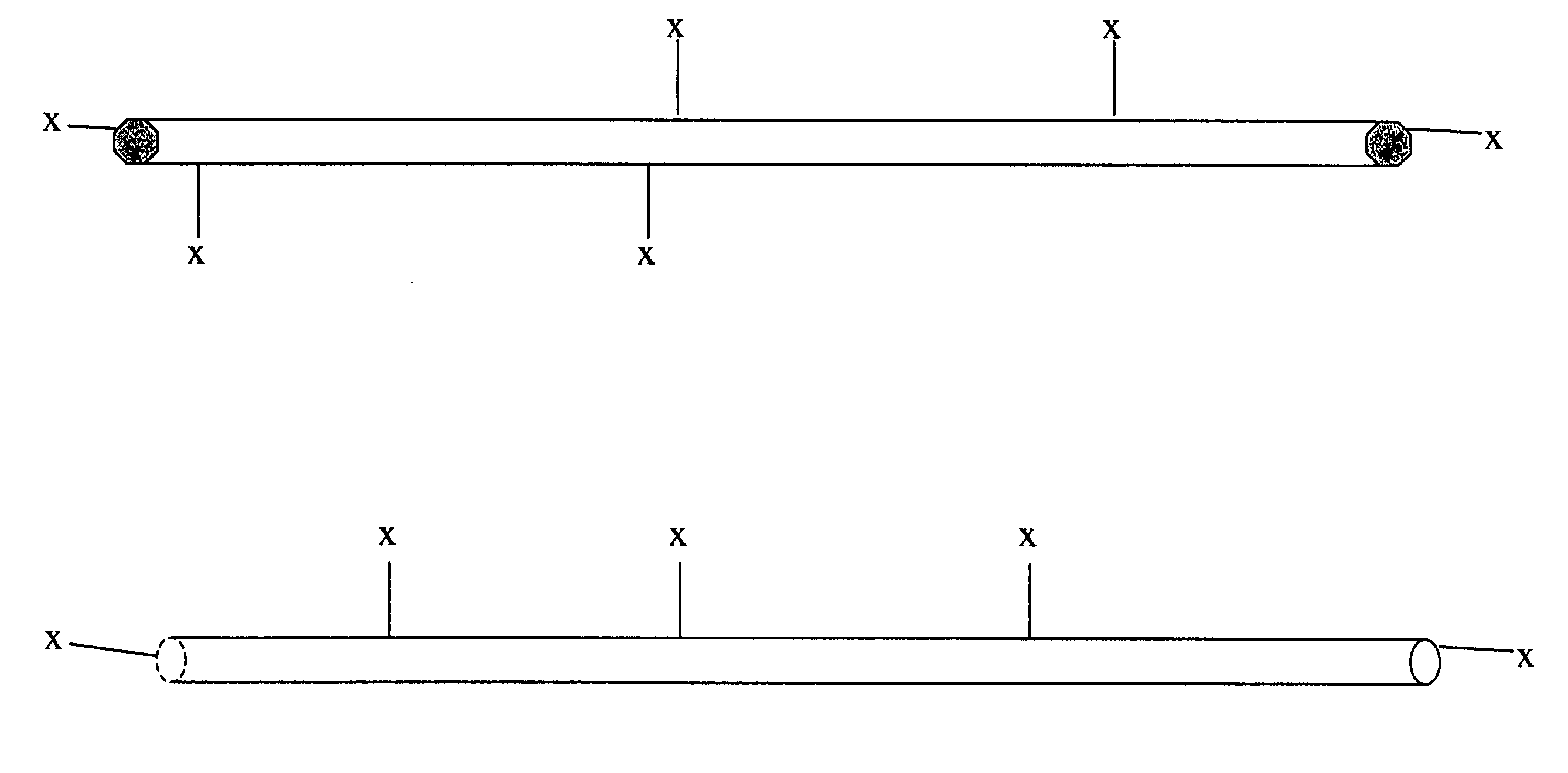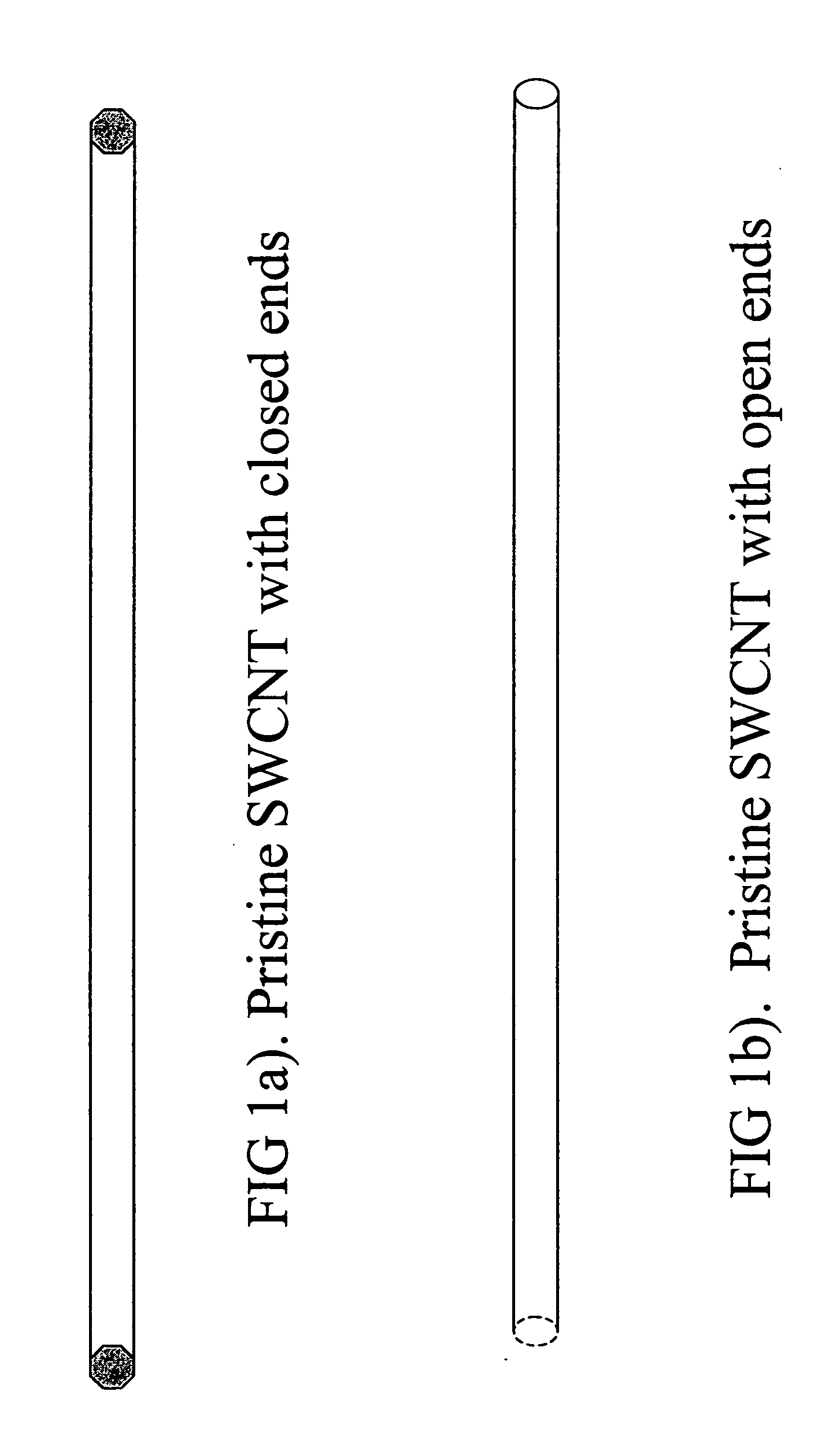Adhesive transfer method of carbon nanotube layer
a carbon nanotube and adhesive technology, applied in the field of adhesive transfer methods of carbon nanotube layers, can solve the problems of limiting the range of potential applications, low flexibility of such electrodes, and high cost of fabrication methods
- Summary
- Abstract
- Description
- Claims
- Application Information
AI Technical Summary
Benefits of technology
Problems solved by technology
Method used
Image
Examples
examples
[0159] Donor Laminates
[0160] Exemplary Donor laminates with conductive layers comprising SWCNT were prepared as described herein below. The SWCNTs used in the following examples were provided by Carbon Solutions Inc. as product code P3-SWNT. These SWCNTs were coated from aqueous solutions on suitable substrates. The laminate substrate used was either photographic grade triacetylcellulose (TAC) with a thickness of 127 μm, and surface roughness Ra of 1.0 nm or photographic grade polyethylene terephthalate (PET) with a thickness of 102 μm and surface roughness Ra of 0.5 nm. In all cases the surface of the substrate was corona discharge treated prior to coating. Aqueous coating composition was applied to the corona discharge treated surface of the substrate by a hopper at different wet lay downs, and dried at 82° C. In this manner, examples of donor laminates DL-1 through DL-3 were created as per invention, wherein conductive layers of different coverage of SWCNT were coated on the sur...
PUM
| Property | Measurement | Unit |
|---|---|---|
| surface roughness | aaaaa | aaaaa |
| outer diameter | aaaaa | aaaaa |
| outer diameter | aaaaa | aaaaa |
Abstract
Description
Claims
Application Information
 Login to View More
Login to View More - R&D
- Intellectual Property
- Life Sciences
- Materials
- Tech Scout
- Unparalleled Data Quality
- Higher Quality Content
- 60% Fewer Hallucinations
Browse by: Latest US Patents, China's latest patents, Technical Efficacy Thesaurus, Application Domain, Technology Topic, Popular Technical Reports.
© 2025 PatSnap. All rights reserved.Legal|Privacy policy|Modern Slavery Act Transparency Statement|Sitemap|About US| Contact US: help@patsnap.com



